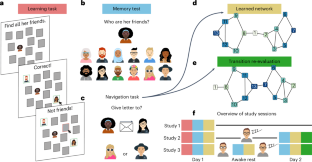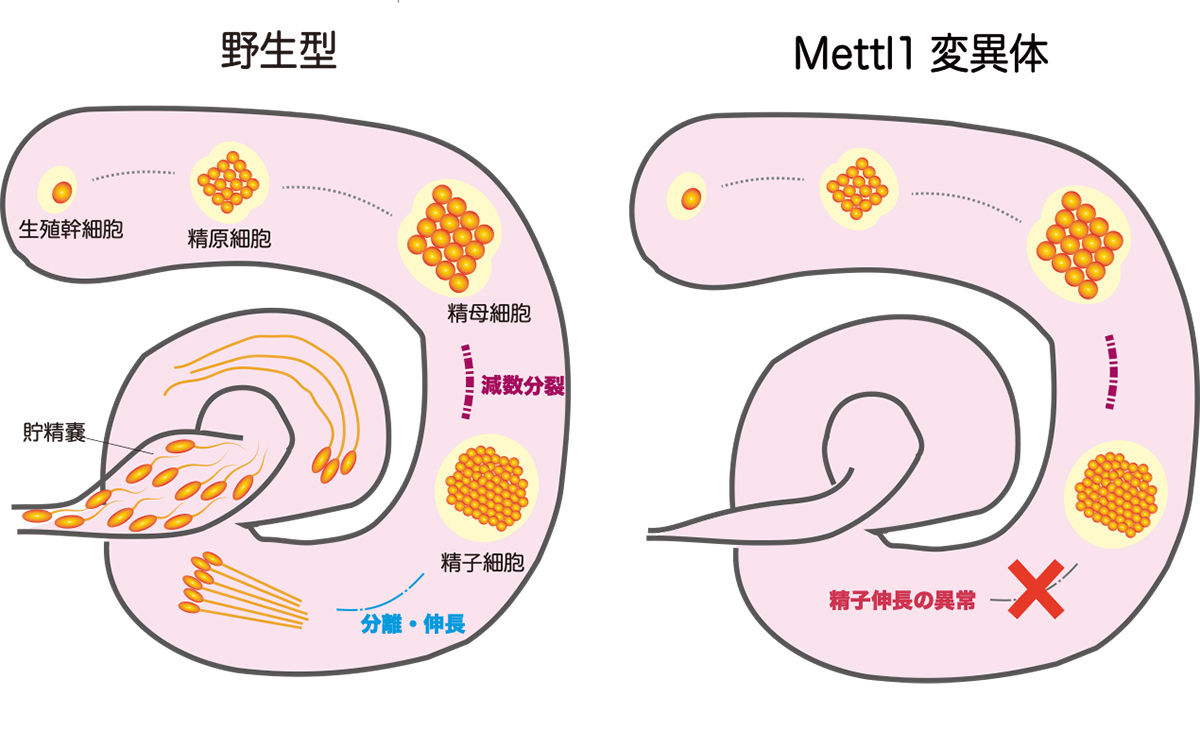2024-09-24 ブラウン大学
<関連情報>
- https://www.brown.edu/news/2024-09-24/social-connection
- https://www.brown.edu/carney/news/2024/09/23/brown-researchers-decipher-how-human-brain-performs-six-degrees-separation
- https://www.nature.com/articles/s41562-024-01990-w
リプレイが抽象的認知マップを形成し、効率的なソーシャル・ナビゲーションを実現 Replay shapes abstract cognitive maps for efficient social navigation
Jae-Young Son,Marc-Lluís Vives,Apoorva Bhandari & Oriel FeldmanHall
Nature Human Behaviour Published:19 September 2024
DOI:https://doi.org/10.1038/s41562-024-01990-w

Abstract
To make adaptive social decisions, people must anticipate how information flows through their social network. While this requires knowledge of how people are connected, networks are too large to have first-hand experience with every possible route between individuals. How, then, are people able to accurately track information flow through social networks? Here we find that people immediately cache abstract knowledge about social network structure as they learn who is friends with whom, which enables the identification of efficient routes between remotely connected individuals. These cognitive maps of social networks, which are built while learning, are then reshaped through overnight rest. During these extended periods of rest, a replay-like mechanism helps to make these maps increasingly abstract, which privileges improvements in social navigation accuracy for the longest communication paths that span distinct communities within the network. Together, these findings provide mechanistic insight into the sophisticated mental representations humans use for social navigation.


